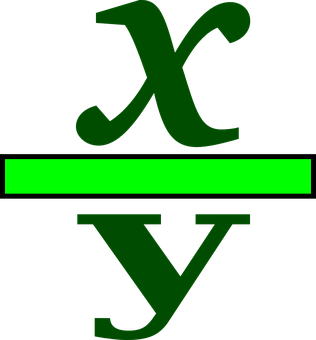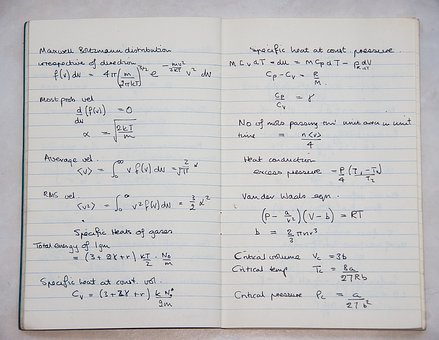 When I went through my teacher training, it was at a time when you were told to assign a bunch of problems so students gained more practice. Since then research has emerged indicating homework is not that effective.
When I went through my teacher training, it was at a time when you were told to assign a bunch of problems so students gained more practice. Since then research has emerged indicating homework is not that effective.One training session I took indicated you should assign homework but not many problems and you should include the answer so students know where they are heading.
I also tend to choose problems covering material students have already had time to master. I seldom assign homework based on what they learned that day because most students need time to master the material.
Its also said that students need immediate feedback but when correcting homework, it usually takes the teacher time to check how the student got to the answer. I seldom check only the answer because I gave it to them. I've found students will write something down and then put the correct answer down.
I've also heard the teacher should show all the work on an answer sheet so students can copy it down or check their work if they want to. Either way they get the correct answer but I'm not sure that is the most effective way.
I just read something that makes sense. For homework give "suggested problems" but rather than checking to see if the work was done, the teacher gave a homework quiz with only one or two problems from the suggested problems.
To help students before the quiz, it is suggested the teacher answer questions related to the suggested homework problems to clarify understanding. Then give the quiz. It has also been suggested the quiz be composed of questions similar to the homework rather than the actual homework questions themselves. In the same article, the teacher used a rubric for the quiz rather than actually grading it.
Recently, people have developed apps which solve problems step by step. Students can use these apps to solve the problems without ever learning the material. To counter this perhaps some of the homework problems should require students to explain what happened at each step. Or maybe there should be a combination where students solve some problems while explaining other problems.
I'd love to hear your thoughts on the topic of homework. Please let me know what you think.






























